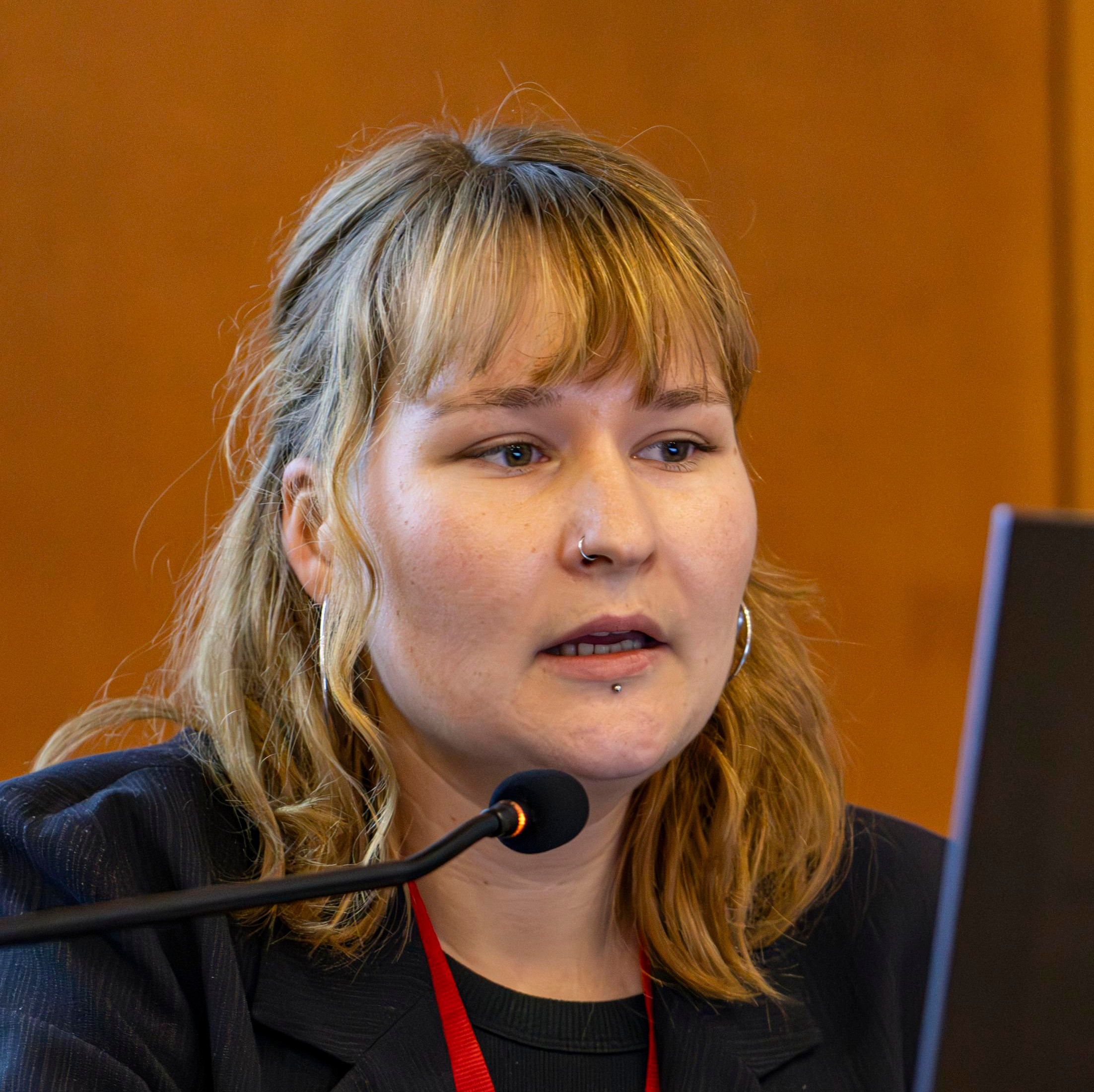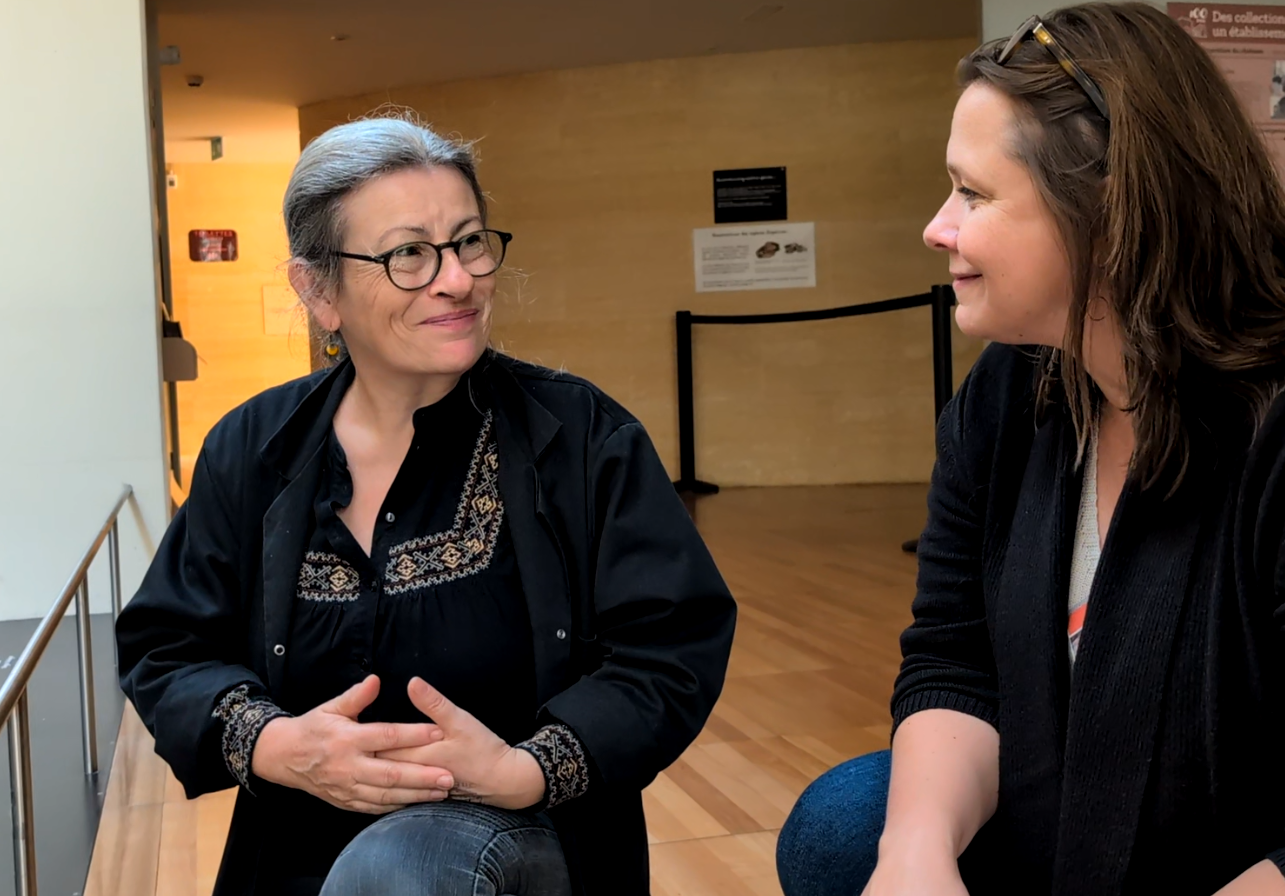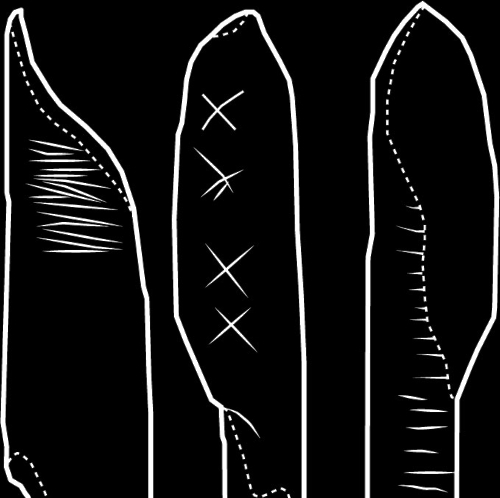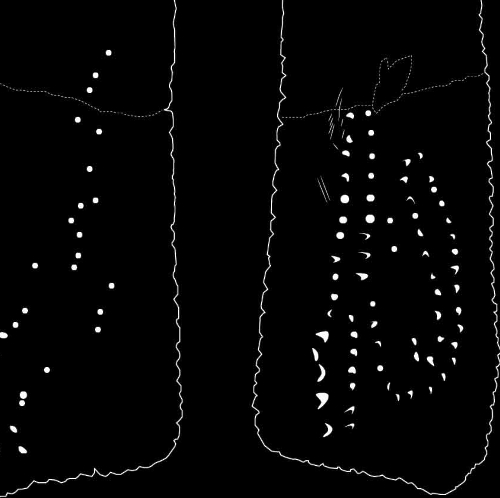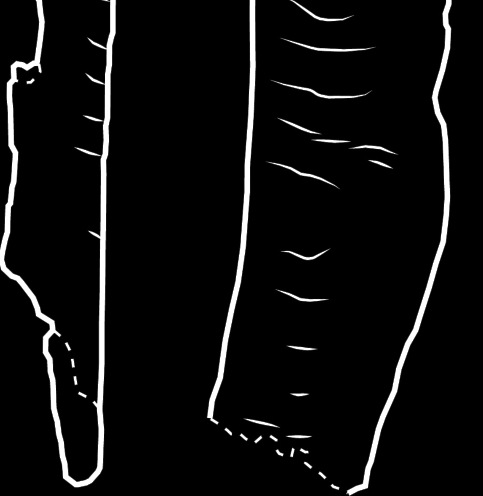Project Description
2024-2028
Humans store information outside of their minds. This capacity for information encoding is reflected in symbols and written language, and it underlies artificial computing systems. It is a hallmark of human evolution. Traces of this capacity have "fossilized" in the archaeological record reaching back into the Paleolithic of c. 400 000 to 11 000 thousand years ago. The EVINE project (Evolution of Visual INformation Encoding) proposes to digitize large scale samples of paleolithic finds, and to compare their information encoding potential to ancient and modern writing. This enables us to pinpoint the transitions in information encoding from the first signs to the information age.
This project is funded by an ERC Starting Grant (ERC, EVINE, 101117111).
Visit at MNP Les Eyzies-de-Tayac
October-November 2025Ewa Dutkiewicz, Marieluise Hahn, and Chris Bentz visit the Musée national de Préhistoire (MNP) in Les Eyzies-de-Tayac for data collection. Thanks to Catherine Cretin for hosting us.
International Workshop "Engraved bones"
July 30 2025Ewa Dutkiewicz and Chris Bentz received funding by the Fritz Thyssen Foundation for organizing a workshop on "Engraved bones: Gripping aids, signs, and decorations" as part of the UISPP Commission on "Modified Bone and Shell". The workshop will be held at the Museum für Vor- und Frühgeschichte in Berlin from May 6th to 9th, 2026.



